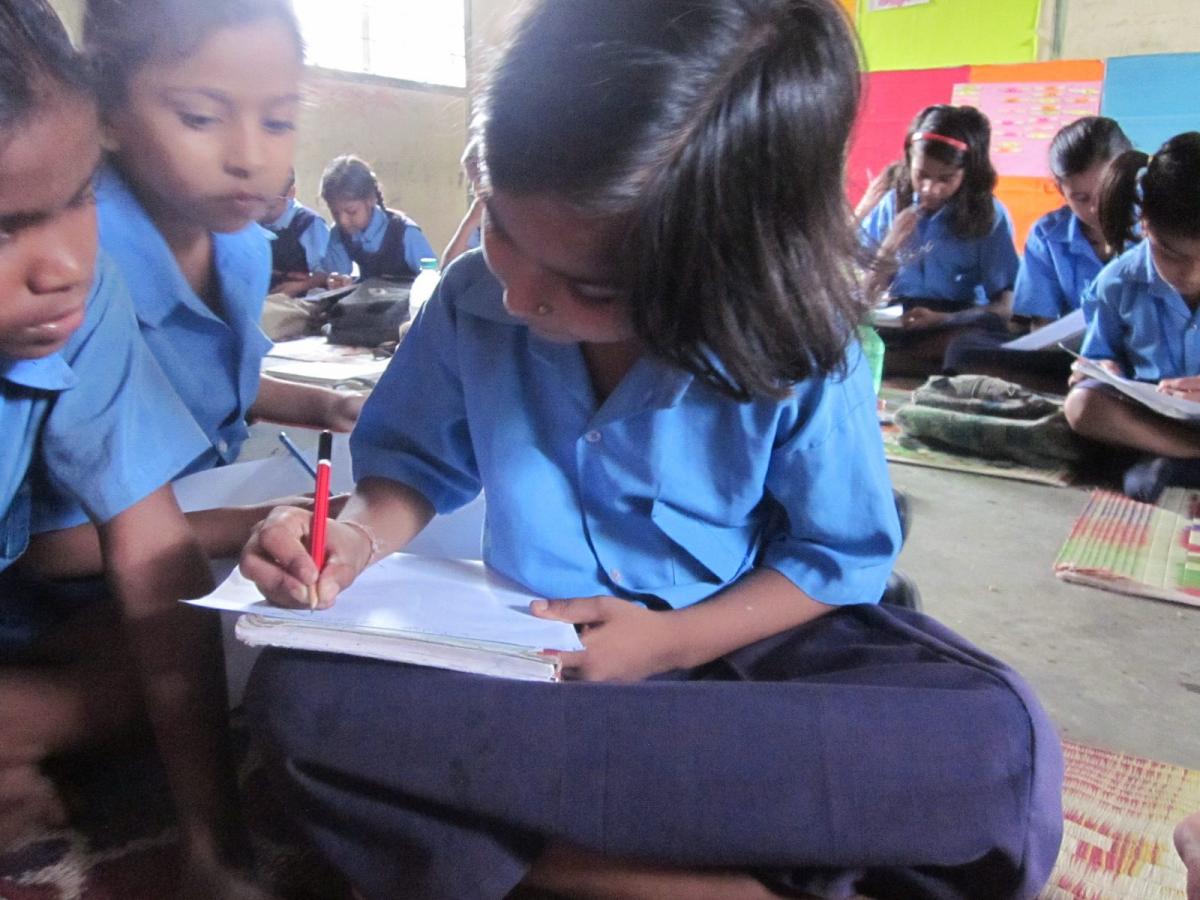A story of Afreen Bano a few months ago says, she was on the verge of dropping out of Government Girls’ Inter College (GGIC) in Barabanki, where she was pursuing Class 10 She had due to 6-7 km of a walk to the institution every day and her parents did not approve of this.
There were other girls in Chandwara village of Barabanki (35 km from Lucknow) facing stiff opposition from family. Another girl, Nabila Bano, almost dropped the idea of continuing with her Class 12 studies for similar reasons.
Some 15-20 other girls in this village also faced the same situation as their families raised safety concerns over the commute to school.
Chandwara village has no schools for girls after Class 8. The only option was GGIC is 2 km away from this place.
Looking at this situation a few good Samaritans pooled money and bought 20 bicycles so that the students could commute to school. These people were motivated by the gram pradhan of Chandwara, Prakashini Jaiswal, a graduate, who bats for girl child education.
“Setting up a school for girls after Class 8 was a big task. However, helping them with bicycles was not a tall order. So, a few people contributed money with which 20 bicycles were purchased,” she said.
After that, the panchayat created a ‘Kishori Cycle Bank’ in the village, she added.
The girls were given bicycles free of cost but with a rider – they will be allowed to use them till they continue their education.
“When the students complete their studies, other girls will be able to avail the facility,” said the gram pradhan.
Laxmi Devi and Sashi Jaiswal of Class 10 said they benefitted from the bicycle bank. “It has changed the mindset of our families who now support our education,” they said.
Commuting longer distances to schools has been one of the leading causes of increasing dropout rate in UP.
“Girl students are comfortable commuting up to 2 km. They can cover longer distances, only if their economic condition allows them to purchase a bicycle or the zest to pursue education prevails in the family,” said Samina Bano, RTE crusader and founder of Right walk Foundation.
There are 1.5 lakh primary schools, 46,000 upper primary schools and 37,000 secondary schools in UP witnessing a massive dropout rate in the number of schools as the level of education goes up.
“This helps us infer that up to Class 5, commuting to school does not cause inconvenience, owing to the presence of 1.5 lakh of them. But as we go higher in the hierarchy of education, the number of schools drops drastically, leading to almost 45% children dropping out by Class 6 and 54% drop out by Class 9,” said a government-run school principal.
“Unicef is piloting strengthening of decentralized governance for participatory planning in two villages of Barabanki. As a result of capacity development of gram panchayat members, they identified transportation for girls as key to education and reached out to civil society and citizens for donating cycles for panchayats to support girls to continue their education,” said Piush Antony, social policy specialist, Unicef.

